Intro
Learn 5 essential tips for treating recluse spider bites, including symptoms, first aid, and prevention methods to minimize brown recluse spider bite effects and promote healing from venomous spider bites.
Recluse spider bites are a serious concern for many individuals, especially during the warmer months when these spiders are more active. The brown recluse spider, in particular, is known for its venomous bite, which can cause significant pain, swelling, and even necrotic lesions. Understanding how to identify, treat, and prevent recluse spider bites is crucial for minimizing their impact. In this article, we will delve into the world of recluse spiders, exploring their habits, the symptoms of their bites, and most importantly, providing you with valuable tips on how to deal with these bites effectively.
The importance of being informed about recluse spider bites cannot be overstated. While fatalities from spider bites are rare, the potential for serious health complications, including amputations in extreme cases, makes knowledge a powerful tool in prevention and treatment. Furthermore, distinguishing between the bites of different spider species is vital, as the treatment and prognosis can vary significantly. For instance, the bite of a brown recluse spider requires a different approach compared to the bite of a black widow or a hobo spider.
Recluse spiders are generally not aggressive and tend to avoid human contact. However, they can become defensive if they feel threatened or if they are accidentally trapped against the skin. Their venom contains a compound that can cause necrotic lesions, which are areas of dead tissue. This can lead to serious health issues if not properly treated. Understanding the behavior of recluse spiders and recognizing the signs of their bites are the first steps in managing the situation effectively.
Identifying Recluse Spider Bites
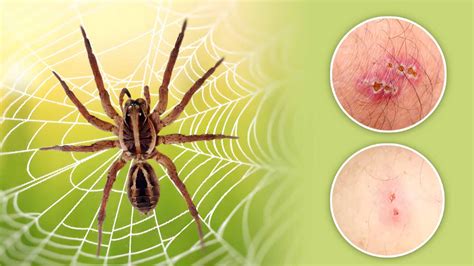
Symptoms and Diagnosis
The diagnosis of a recluse spider bite is primarily based on the clinical presentation, as there are no specific laboratory tests available to confirm the bite. A healthcare professional will examine the wound and ask about the patient's symptoms and medical history. It is essential to seek medical attention if a recluse spider bite is suspected, especially if the wound is not healing or if there are signs of infection.Treatment and Management
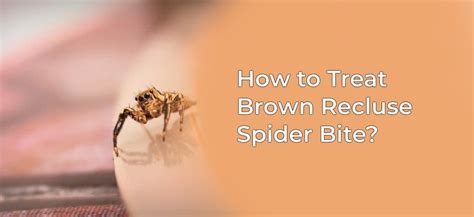
Prevention Strategies
Preventing recluse spider bites involves reducing the likelihood of encounters with these spiders. Sealing all cracks and crevices around the home, keeping clutter to a minimum, and wearing protective clothing when working in areas where recluse spiders may be present can significantly reduce the risk of bites. Regularly cleaning and dusting, especially in areas that are less frequently used, can also help in reducing spider habitats.First Aid for Recluse Spider Bites
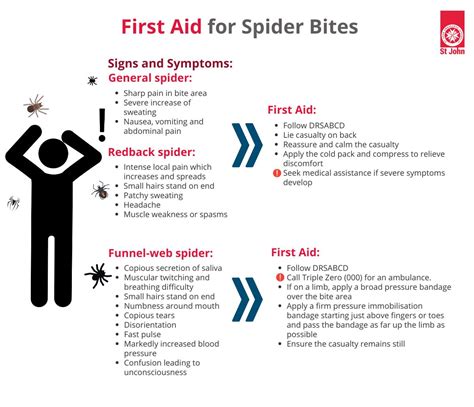
Home Remedies and Care
While medical treatment is essential for recluse spider bites, there are also home remedies that can help manage symptoms. Applying topical creams or ointments that reduce itching and inflammation can provide relief. Keeping the wound moist with a dressing or bandage can promote healing. However, it is important to avoid using home remedies that could worsen the condition, such as applying heat or using certain topical treatments that are not recommended by healthcare professionals.Long-Term Effects and Complications
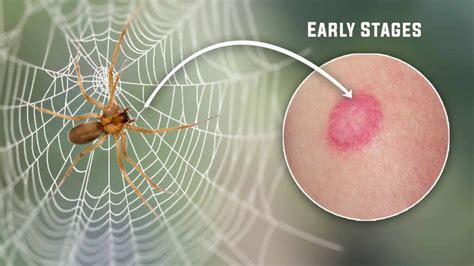
Psychological Impact
The psychological impact of a recluse spider bite should not be underestimated. The fear of spiders (arachnophobia) can be exacerbated by a bite, leading to anxiety and stress. Furthermore, the uncertainty and potential severity of the bite's outcome can cause significant distress. Support from family, friends, and mental health professionals can be beneficial in managing these psychological effects.Public Awareness and Education

Future Research Directions
Future research into recluse spider bites is necessary to improve our understanding of the venom's effects on the human body and to develop more effective treatments. Studies focusing on the development of antivenom, better wound care practices, and the prevention of long-term complications are crucial. Additionally, research into the ecological and behavioral aspects of recluse spiders can help in reducing encounters between humans and these spiders.Conclusion and Final Thoughts
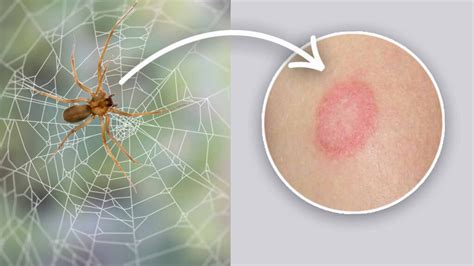
As we move forward, it is essential to continue educating ourselves and others about the dangers of recluse spider bites and the importance of seeking medical attention if a bite occurs. By working together, we can reduce the incidence of these bites and improve outcomes for those who are affected. Remember, knowledge is power, and in the case of recluse spider bites, it can be the difference between a minor inconvenience and a serious health issue.
We invite you to share your thoughts, experiences, and questions about recluse spider bites in the comments below. Your input can help others who may be facing similar concerns, and together, we can build a community that is better equipped to handle these situations. Don't forget to share this article with anyone who might benefit from the information, as spreading awareness is the first step in prevention.
What are the common signs of a recluse spider bite?
+The common signs include a small, red, itchy bump that can develop into a blister and then an open sore, potentially leading to a necrotic lesion. Pain, swelling, and redness around the bite area are also common.
How can I prevent recluse spider bites?
+Prevention involves sealing all cracks and crevices around the home, keeping clutter to a minimum, wearing protective clothing when working in areas where recluse spiders may be present, and regularly cleaning and dusting, especially in less frequently used areas.
What should I do if I suspect I have been bitten by a recluse spider?
+If you suspect you have been bitten, clean the bite area with soap and water, apply a cold compress to reduce pain and swelling, and monitor the bite for signs of infection or worsening symptoms. Seek medical attention if necessary.
